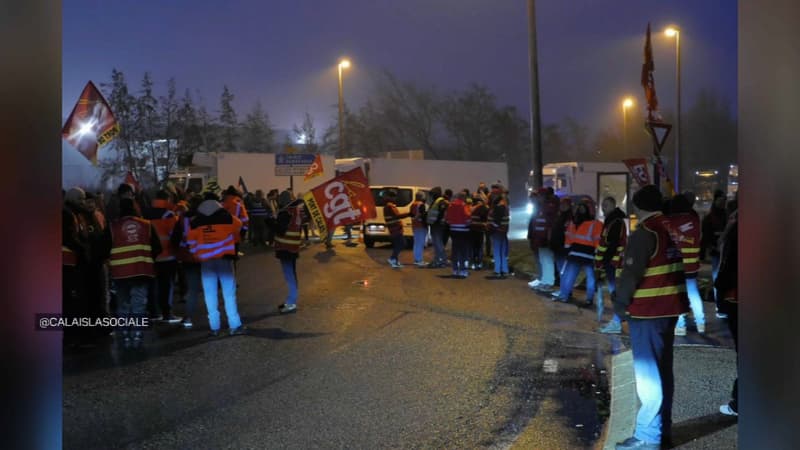More than three years after the yellow vest movement, roundabouts once again look like a place of strategic social struggle.
Since Tuesday, March 7, opponents of the pension reform are no longer just in city centers, but occupy the road junctions considered important, often at the entrance of a city, often at a roundabout .
March 7th or roundabouts
Early on the morning of March 7, François Ruffin, a deputy for La France Insoumise, joined other strikers at a roundabout in the industrial area north of Amiens on the Somme.
In the industrial city of Le Havre (Seine-Maritime), early-rising strikers blocked several roads the same day, including the Total roundabout.
Again this morning, in Lille, protesters gathered at a junction to try to disrupt traffic in the city.
The examples are numerous. While the unions have entered a phase of hardening of the movement in the face of an inflexible government, blockade actions and renewable strikes are taking shape. In Besançon (Doubs), in Le Havre (Seine-Maritime), in Amiens (Somme), in Boulogne-sur-Mer (Pas-de-Calais), in Caen (Calvados) and elsewhere… It is difficult to count the number of filter dams installed on day 7 in particular.
Like an air of yellow vests
The seizure of roads and roundabouts is not one of the most traditional forms of social struggle, but it is not new either. In 2018, the yellow vests almost made it a symbol of their opposition to tax policy, fuel prices and the cost of living.
In addition, according to Stéphane Sirot, a historian specializing in the sociology of strikes, the territorial extension of the movement, surprising considering the previous much more centralized mobilizations, could be due to the fact that some yellow vests are now demonstrating against the withdrawals.
As a reminder, the movement of the yellow vests caused the blockade of hundreds of road points, some for several months. Unstructured and spontaneous, he was not unionized.
Source: BFM TV


